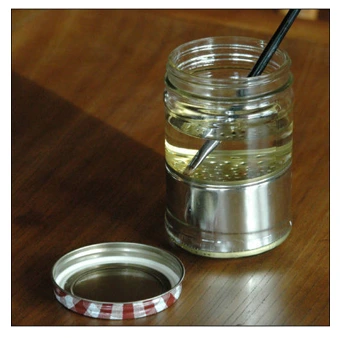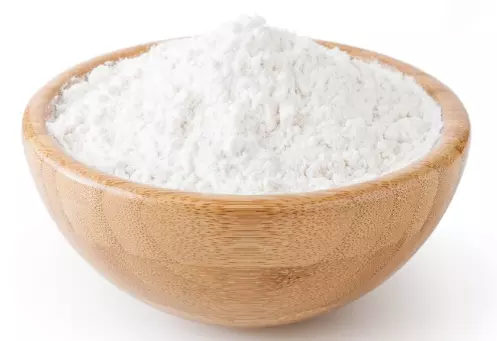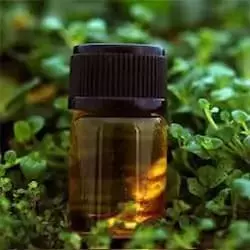Tall Oil Fatty Acid (TOFA)
|
IUPAC Name |
: Fatty acids derived from tall oil |
|
Cas Number |
: 61790-12-3 |
|
HS Code |
: 382313 |
|
Formula |
: - |
Basic Info
|
Appearance Name |
: Pale yellow to amber-colored liquid |
|
Common Names |
: Tall Oil Fatty Acid (TOFA) |
|
Packaging |
: N/A |






 English
English
 Indonesian
Indonesian
 简体字
简体字
 العربية
العربية
 Español
Español
 Français
Français
 Português
Português
 日本語
日本語
 한국어
한국어
 Tiếng Việt
Tiếng Việt
